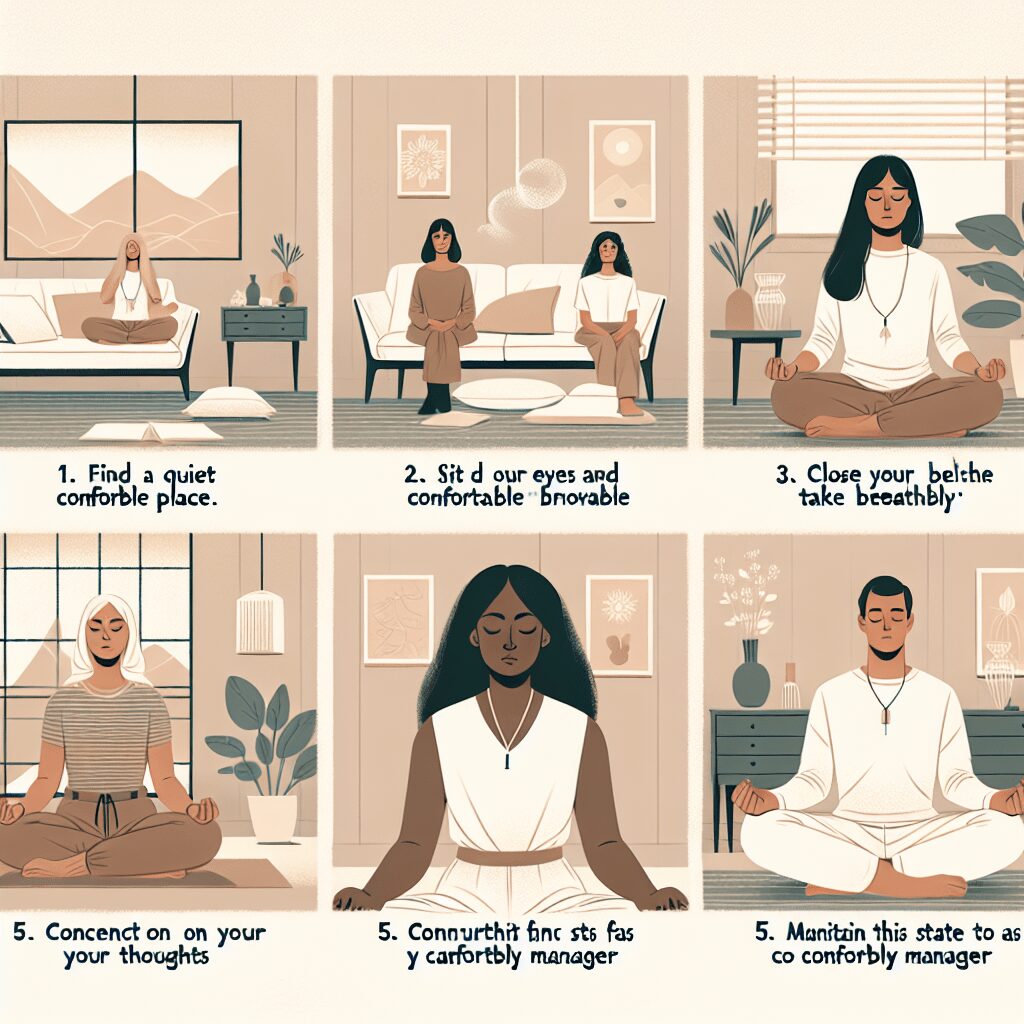
Prioritize your mental well-being daily. Enhance your life by nurturing your mental health with the Smart Meditation app. Break free from stress, alleviate anxiety, and enhance your sleep quality starting today.
In What Way Is Fear Different From Anxiety?
Unraveling the Mysteries: Fear vs. Anxiety
Ever found yourself in a pickle, your heart racing at the speed of light, thanks to a spider casually sauntering by, or perhaps before stepping onto the stage? At times like these, you might wonder, “Is this fear I’m feeling, or am I anxious?” While they might seem like two peas in a pod, fear and anxiety are different critters. Let’s dive into the nitty-gritty and sort out this conundrum, shall we?
Fear: The Immediate Reaction
First off, let’s chat about fear. Think of fear as your body’s SOS signal in the face of immediate danger. It’s the primal response that kicks in when you’re about to bungee jump, or when a dog barks at you during your morning jog. In essence, fear is:
- Immediate: It pops up right when a threat (real or perceived) is knocking on your door.
- Concrete: Fear usually has a direct object or situation causing it – that grizzly bear on the hiking trail, for instance.
- Protective: It’s your body’s way of saying, “Hey buddy, either fight this out or take your heels to the hills!”
So, next time you’re jumping out of your skin because a cockroach flew your way, that’s your age-old friend, fear, making sure you stay on your toes.
Anxiety: The Pondering Cloud
Now, onto anxiety. Imagine anxiety as a mysterious, looming cloud that hovers over you, often without a clear why. It’s less about immediate danger and more about what might happen. Anxiety is a pro at playing the “What if?” game:
- Future-Oriented: Anxiety is essentially worry on steroids, focusing on potential future threats or negative outcomes.
- Vague and Diffuse: Unlike fear, there isn’t always a clear and present danger causing anxiety. It’s more like a fog of worry that doesn’t necessarily have a single source.
- Sustained and Pervasive: Anxiety doesn’t clock out. It can hang around, making itself at home and affecting your day-to-day life.
Ever laid in bed, staring at the ceiling, pondering over a conversation you had weeks ago, or worrying about a presentation months away? Yup, that’s anxiety doing its thing.
Making Sense of It All
Understanding the distinction between fear and anxiety isn’t just an exercise in semantics. It can help you navigate your emotions more effectively and seek the right kind of support or intervention. Here are a few takeaways:
- Acknowledge What You Feel: Identifying whether you’re experiencing fear or anxiety is the first step toward managing it. A quick tip: pinpoint if there’s an immediate threat or a nebulous worry about the future.
- Strategies Tailored to You: Approaches like mindfulness, exposure therapy, or cognitive-behavioral therapy (CBT) can be game changers, depending on whether you’re dealing with fear or anxiety.
- Reach Out: Sometimes, a chat with a friend or a session with a therapist can do wonders. Remember, it’s okay not to have all the answers.
Navigating the rough seas of fear and anxiety is no small feat. But with a bit of insight and some tools in your arsenal, you can learn to steer your ship with confidence. Here’s to understanding our inner workings a bit better – because, at the end of the day, knowledge is power. And who doesn’t want to feel a tad more powerful?





